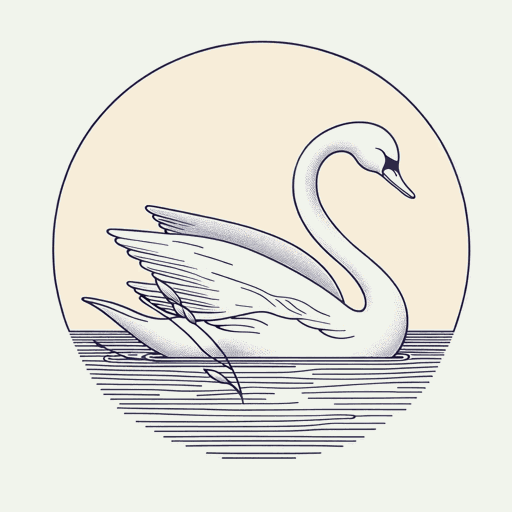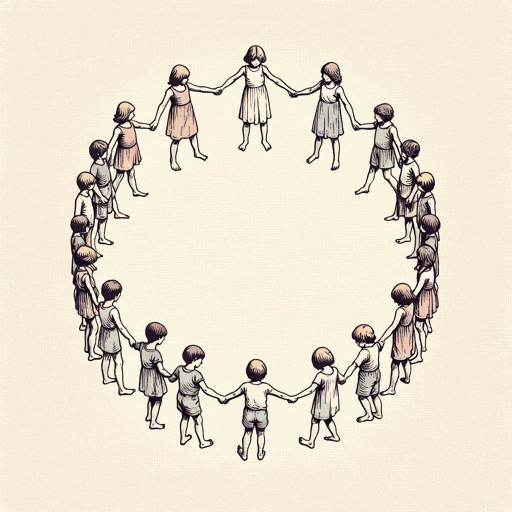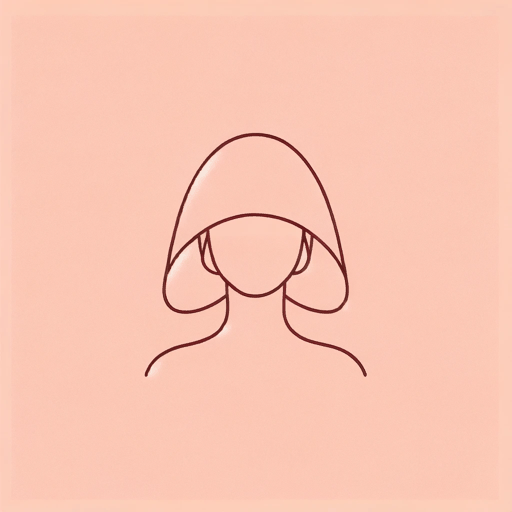40 pages • 1 hour read
Margaret AtwoodTime Capsule Found on the Dead Planet
Fiction | Poem | Adult | Published in 2009A modern alternative to SparkNotes and CliffsNotes, SuperSummary offers high-quality Study Guides with detailed chapter summaries and analysis of major themes, characters, and more. For select classroom titles, we also provide Teaching Guides with discussion and quiz questions to prompt student engagement.
Literary Devices
Parable
The story is a parable—a simple narrative allegory that carries a moral lesson or warning. Atwood’s parable merges elements of poetry with science fiction. Parables are best known from the New Testament of the Bible. In the New Testament, Jesus uses stories to teach his disciples lessons about the proper way to live, about his philosophy, and about God and spirituality. Some of these biblical parables have inspired science fiction; famed author Octavia Butler based a series of novels on the Parable of the Sower and the Parable of the Talents.
Repetition and Parallelism
Atwood utilizes repetition. Echoing the intoning, chant-like quality of the Old Testament’s Mosaic books enumerating lineage, she starts each of the story’s ages with parallel grammatical constructions that change slightly: “In the first age, we created gods,” “In the second age we created money,” “In the third age, money became a god,” “In the fourth age, we created deserts” (Paragraphs 1, 3, 4, 5). The repetition gives this historical account the feel of a sacred text. The story also creates parallels between the different ages. Events echo earlier events, such as the creation of gods and money, or the use of natural elements before and after industrialization.
Related Titles
By Margaret Atwood

Alias Grace
Margaret Atwood

Backdrop Addresses Cowboy
Margaret Atwood

Cat's Eye
Margaret Atwood

Death By Landscape
Margaret Atwood

Hag-Seed: William Shakespeare's The Tempest Retold
Margaret Atwood

Happy Endings
Margaret Atwood

Helen of Troy Does Countertop Dancing
Margaret Atwood

Lady Oracle
Margaret Atwood

Life Before Man
Margaret Atwood

MaddAddam
Margaret Atwood

Oryx and Crake
Margaret Atwood

Rape Fantasies
Margaret Atwood

Siren Song
Margaret Atwood

Stone Mattress
Margaret Atwood

Surfacing
Margaret Atwood

The Blind Assassin
Margaret Atwood

The Circle Game
Margaret Atwood

The Edible Woman
Margaret Atwood

The Handmaid's Tale
Margaret Atwood

The Heart Goes Last
Margaret Atwood
Featured Collections
Allegories of Modern Life
View Collection
Canadian Literature
View Collection
Challenging Authority
View Collection
Climate Change Reads
View Collection
Earth Day
View Collection
Fantasy & Science Fiction Books (High...
View Collection
Fantasy & Science Fiction Books...
View Collection
Nature Versus Nurture
View Collection
Power
View Collection
Required Reading Lists
View Collection
Science Fiction & Dystopian Fiction
View Collection
Science & Nature
View Collection
The Future
View Collection

